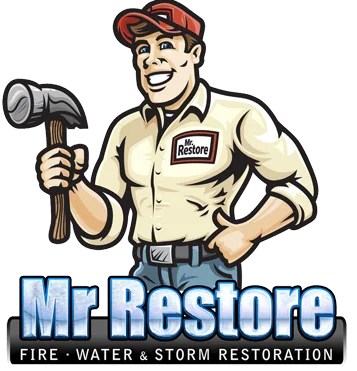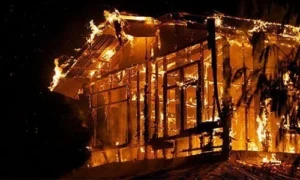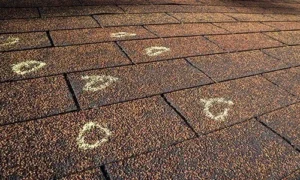The Federal Emergency Management Agency, or FEMA, urges all Texans to be prepared and informed in case of a tornado. We’ve shared a variety of ways that you and your family can prepare for a tornado, but one of the most important pieces of information to know is the difference between a tornado warning and a tornado watch. It’s more than the colors in the corner of a television screen that represent them. Understanding this difference will help keep you and your family safe, letting you know when a tornado could exist and when one is imminent.
Mr. Restore has responded to hundreds of families and properties that were affected by tornadoes in Fort Worth, Dallas, and surrounding communities in Texas. We understand the significance of being prepared for any and all disasters.
Tornado Watch
A tornado watch is issued when a tornado could develop, but one has not been spotted. There are certain atmospheric conditions that are favorable for strong storm development or a tornado. Stay tuned to your local news and weather sources to receive the latest information. Be sure your weather alert radio is nearby.
Check that your emergency preparedness kit is stocked and ready when a tornado or severe thunderstorm watch is issued. You might also want to review your family’s emergency plan and prepare your shelter with coverings like blankets, mattresses, and helmets.
Tornado Warning
Tornado warnings are issued when a tornado has been spotted or is forming. The Doppler radar indicates a warning when a strong rotation is happening inside a storm, and a tornado may touch down soon. Warnings can also be issued when funnel clouds are spotted, or someone reports a tornado on the ground.
Remember that all warnings should be taken seriously. You must take cover immediately when a tornado warning is issued for your area. Remain in your safe area until the warning is officially lifted.
Finding Safe Shelter
Finding the best safe place during a tornado will depend on where you are when the tornado warning is issued. In order to find the safest place for shelter:
- Head toward the designated storm shelter if you’re in a public building.
- Take cover in an interior room on the lowest floor, away from windows and doors, if you’re at home. This can be a hallway, bathroom, or closet.
- Find the nearest sturdy building if you’re in a car, trailer, or mobile home.
- Lie down in a low ditch, protecting your head, if you can’t find or get to a sturdy shelter.
- Watch out for flying debris. They can cause injury or death.
- Buy a battery backup powered weather alert radio for your home or business. This will keep you from worrying about the power going out, or a watch or warning being issued when you’re asleep. Take a portable NOAA weather alert radio and find the best shelter near you if you’re away from home.
Preparing For the Storm
The best time to prepare for a storm is long before it occurs. Here are a few tips to consider:
- Know your area’s tornado risk.
- Know the signs of a tornado: a rotating, funnel-shaped cloud, an approaching cloud of debris, or a loud sound similar to a train.
- Sign up for your community’s warning system.
- Become familiar with the warning tone if your community has sirens.
- Pay attention to weather reports.
- Identify safe shelters and practice going to them in the event of high winds.
Please stay safe during this tornado season, from April to July; follow our tips and stay informed to be prepared for severe storms and tornadoes. If you suffer from severe storm or water damage this tornado season, immediately contact Mr. Restore. We can restore your home and get you back to normal quickly and professionally.






